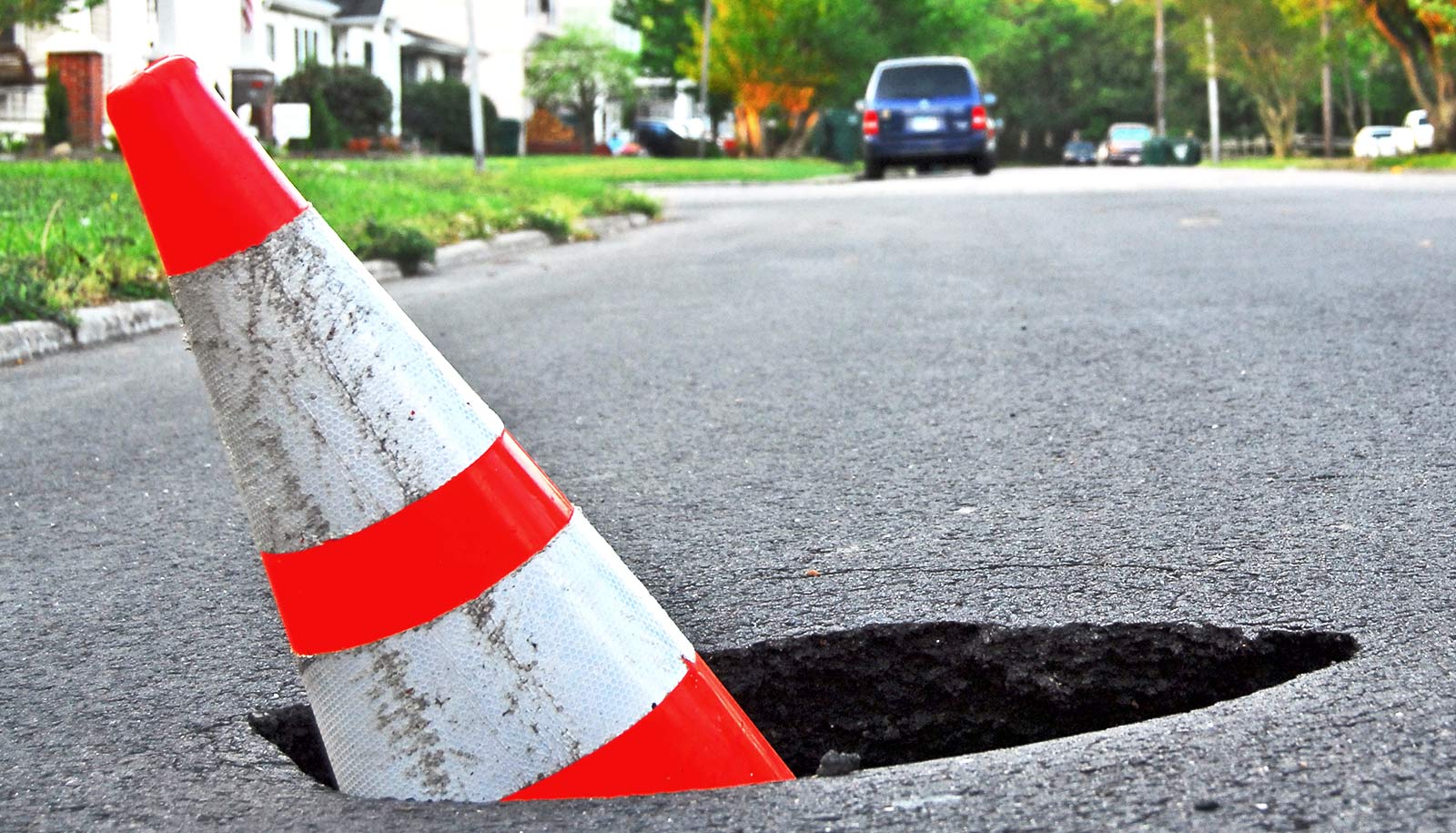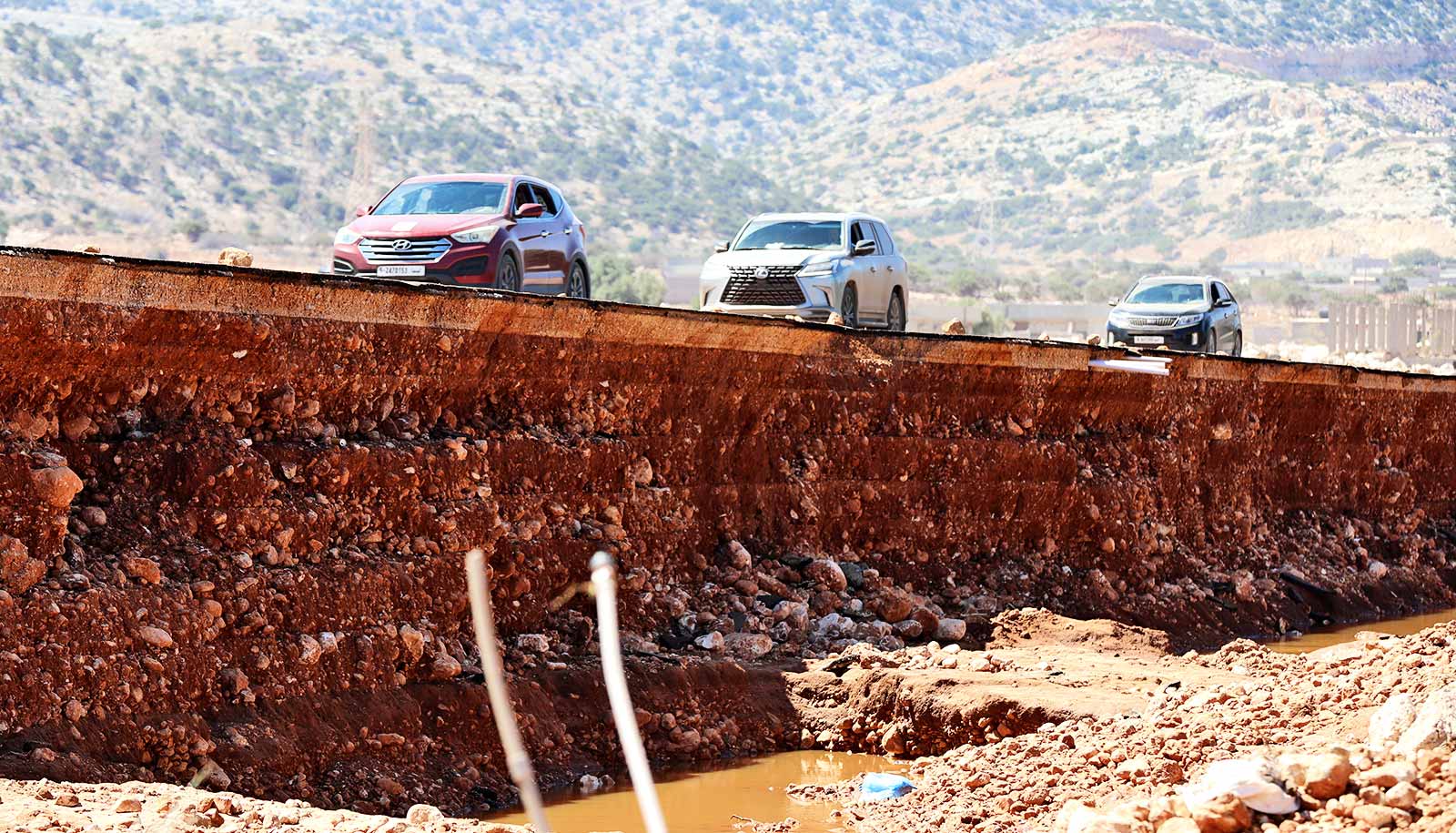As the nation’s drivers zig and zag to try to avoid potholes, University of Missouri expert Punya Rath explains the science behind these street craters.
A member of the Mizzou Asphalt Pavement and Innovation Lab (MAPIL), Rath specializes in researching asphalt materials.
He has collaborated with multiple state departments of transportation, agencies, and companies to promote sustainability through the use of recycled materials in asphalt mixtures.
Here, he explains what causes potholes and more:
What is the primary cause of potholes?
Potholes develop from inadequate drainage conditions that lead to water accumulating underneath the pavement surface.
How does weather affect the formation of potholes?
Weather is a critical factor. Exposure to harsh weather and temperature swings creates freeze-thaw cycles, causing the road surface to crack. This allows water from rain or melted snow to accumulate underneath the pavement surface. The collected water has nowhere to go and causes the base support system of the road to erode and fail. When the water freezes again, it expands and makes the pavement swell, which weakens it.
How do you assess the severity of a pothole and determine whether it needs immediate repair?
Potholes can dramatically increase the roughness of pavement and cause severe damage to vehicles. Federal guidelines define the severity of the potholes based on a minimum plan dimension—diameter—of 6 inches, which is slightly smaller than a US dollar bill.
Then, the severity of potholes is determined by their depth. There are three severity levels. They are:
- Low: A depth of less than 1 inch.
- Medium: A depth of 1-2 inches.
- High: A depth of greater than 2 inches.
What innovative materials and techniques are being developed to repair potholes more effectively?
The most effective way of preventing potholes from forming is to ensure that roads have proper drainage.
Most short-term repairs include using shovels to fill in the potholes with a cold asphalt mix and compact it with a small pavement roller machine.
A longer-term solution is to remove the damaged asphalt layer, re-engineer the base layer, and add new asphalt mix.
Source: University of Missouri



